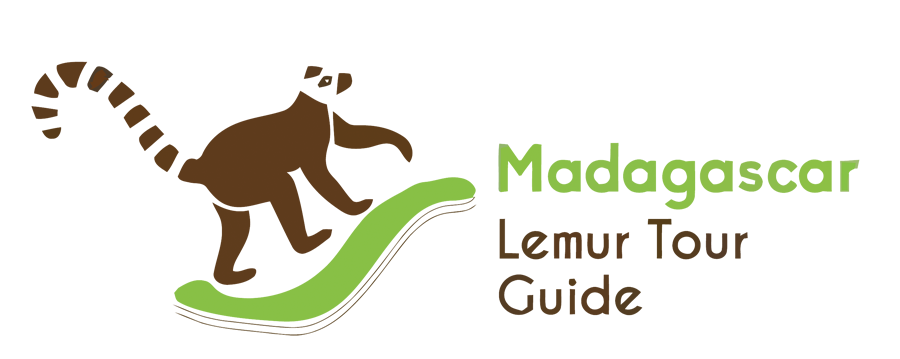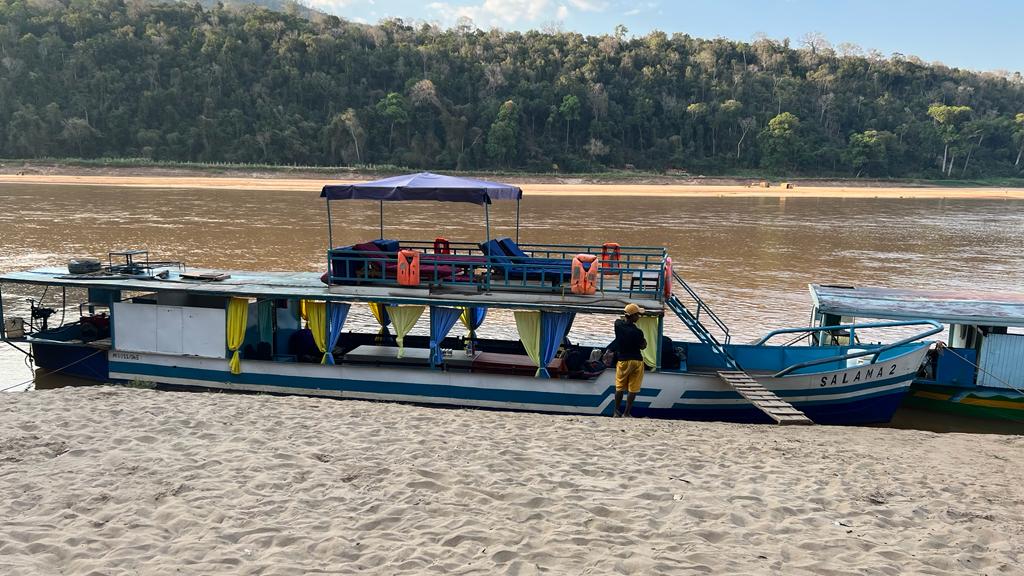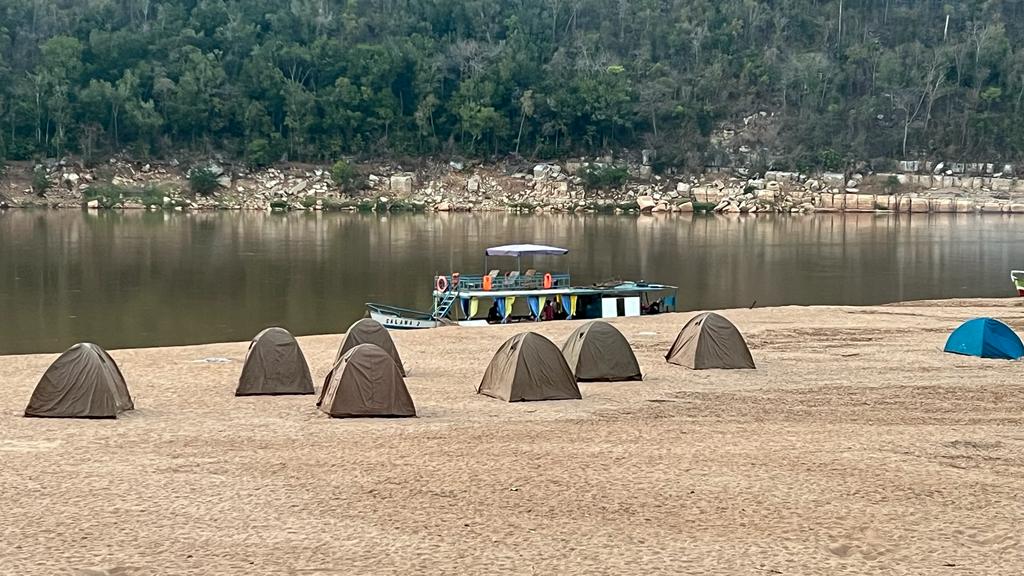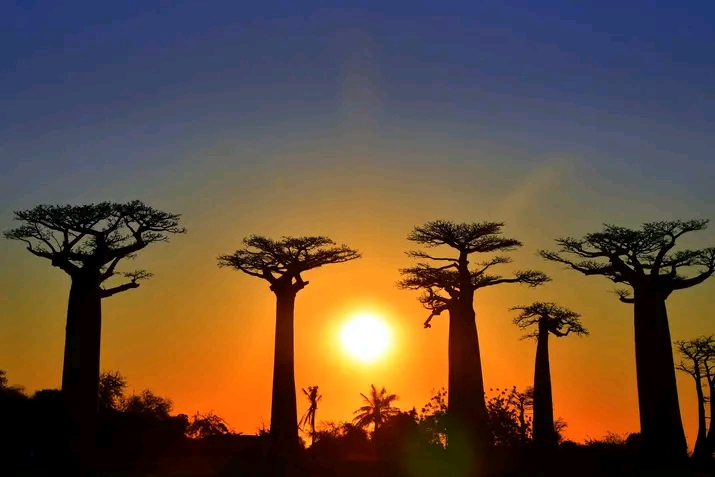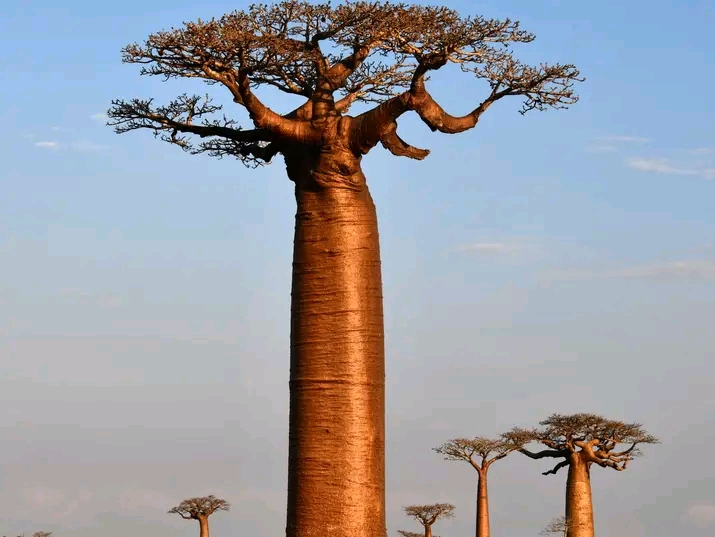Today take a a day visit within the forest. The Kirindy Forest is located within the Menabe-Antimena Protected Area. This is now the largest remaining dry forest in the region. The dry forests of western Madagascar are among the most threatened habitats in the world. Their existence is therefore of fundamental importance for the conservation of Madagascar’s endemic biodiversity.
Kirindy is part of the Menabe Antimena Protected Area, which is also home to other various biologically very valuable habitats and thus a globally unique biodiversity
There are a number of species of nocturnal lemurs present: Madame Berthe’s mouse lemur (the world’s smallest primate), red-tailed sportive lemur, pygmy mouse lemur, gray mouse lemur, pale fork-marked lemur, Coquerel’s giant mouse lemur, Verreaux’s sifaka, red-fronted brown lemur, and the fat-tailed dwarf lemur. Most of the species in the Kirindy forest are endemic and endangered due to different threats.
The Malagasy giant jumping rat (Hypogeomys antimena) is found as well in this forest which is an endangered species due to multiple factors such as habitat loss, slow reproduction, and limited range. Kirindy Forest may be best known as the only location where the endangered giant jumping rat (Hypogeomys antimena) occurs. This animal can hop like a miniature kangaroo, but is also seen walking on all four limbs. The Madame Berthe’s mouse lemur (Microcebus berthae), a nocturnal primate. This primate is the smallest primate in the world. The Lepilemur ruficaudatus is also present in the forest, a nocturnal lemur that weights on average 800 g. Red-fronted Brown Lemurs (Eulemur fulvus rufus) can also be observed in Kirindy Forest. These mammals include various species of lemurs. Further mammalian species of FOSA, narrow-striped mongoose, common tenrec, greater hedgehog tenrec and are also found here. The FOSA is also one of the 31 species of mammals inhabiting the forest.

